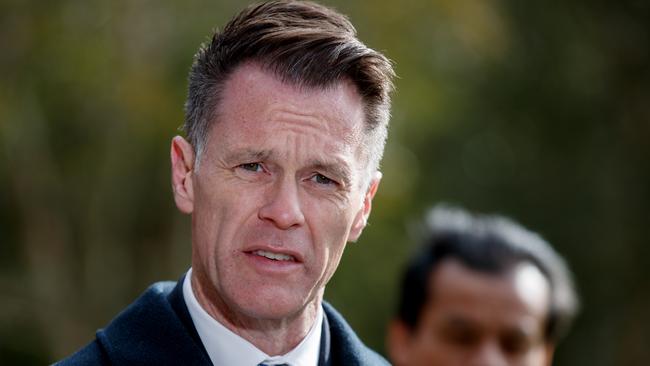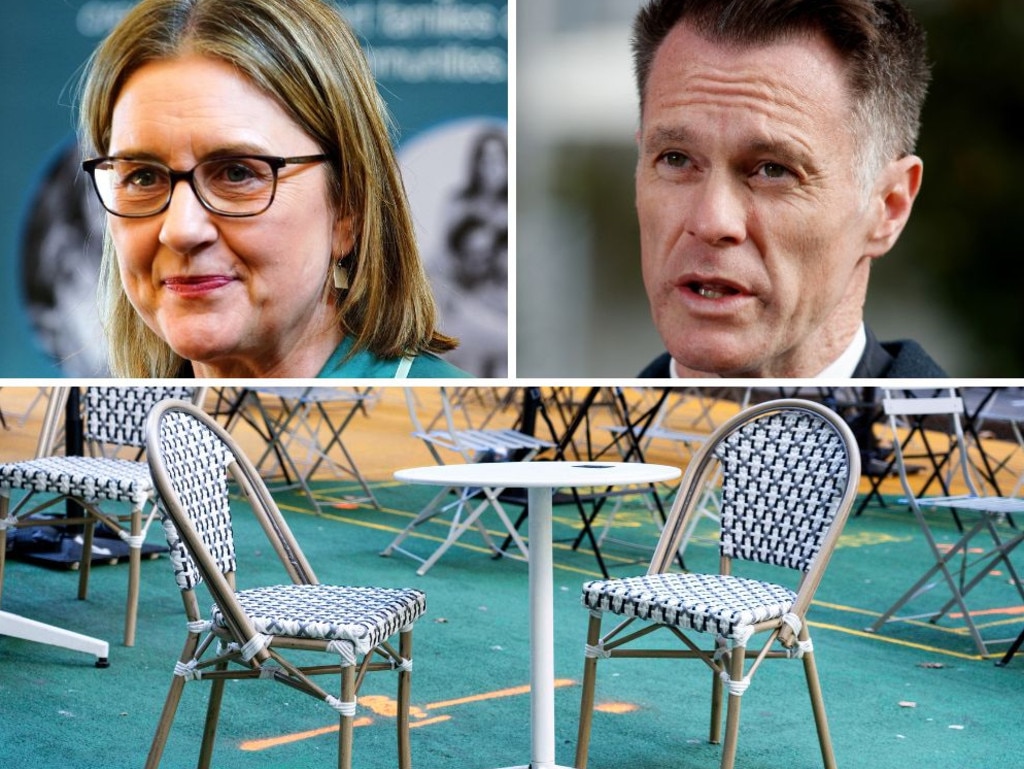
The “Get back to work, ya lazy bludgers” edict came by way of a memo – indeed, an all-points circular from upon high that may or may not have been written at home on the Premier’s laptop.
The days of meetings where the cat plays a cameo role turning its backside to virtual colleagues in the Zoom ether are soon to be over, at least for NSW’s 450,000 employees, most of whom were already sweating it out at the coalface. Cops could work from home but reading the dog his rights before slapping the cuffs on him would get tedious after a while. Nurses can’t perform enemas remotely and teachers, well, whatever teachers do, they pretty much have to do it at a school.
The state’s public service is the biggest employer in the nation and if Minns is correct, many of these humble servants of the public have replaced their two-piece suits with tracksuits and are shuffling around home in their Uggs, picking Dorito crumbs off their chests, before logging on to knock out a couple of emails while watching Friends on high rotation. Talk about multi-tasking.

There have been a plethora of studies on how working from home affects productivity. Just to show how divisive the issue is, one Stanford University study analysed the work habits of 16,000 employees over nine months. Once published, the study drew applause from the WFH brigade in the form of an American society of engineers who claimed the study pointed to elevated productivity, while Forbes magazine reviewed the same study and declared it proof of an economic disaster.
Closer to home, a 2021 analysis conducted by the ANU provided somewhat more definitive answers. The rule of thumb is the more complex the work, the more productive the worker from home becomes, while those set banal tasks generally slack off.
There are demographic divisions, too. Parents in their 30s and 40s relish the additional time they can spend with their children while younger employees pine for a bit of social interaction, a chat at the water cooler and perhaps, some liquid refreshment at the end of the day.
The reverse is true for employers. Older bosses in their 50s and 60s tend to dislike the WFH culture, while younger bosses are more supportive.
The myriad studies may include headline figures of staggering productivity spikes or death-defying plunges, but overall the age-old division between employer and employee has emerged yet again. Bosses despise the work-from-home habit while employees love it. Ah, the battlelines drawn over the means of production once again. It’s oddly comforting. Plus ca change.

We haven’t heard from the public service unions as yet as they may be working from home. But in a limp rebuke of the Minns directive, bureaucratic bosses appear to have judiciously filed the Premier’s memo in the third drawer of their desks underneath the broken phone chargers and photos of their ex-spouses. They pledged to get right on it, in the fullness of time, at the appropriate juncture, possibly next month but certainly no later than Christmas 2026, weather permitting.
Even the premier’s uncle, NSW Health’s deputy secretary of people, culture and government, Phil Minns, roused from petting his dog while whipping up a light brunch, said “the availability of flexible work arrangements within NSW Health will continue and those arrangements are not changed by this circular. That is in line with the government’s advice that flexible work arrangements are valued and that is not changed by the directive.”
The Secretary of Transport for NSW, Josh Murray, weighed in to give his boss a bit of the old, “Yeah, nah”.
“We value our people who work in many different locations and environments across NSW and will continue to support flexible work arrangements in line with the policies and circular,” Murray said.
Honestly, it’s so hard to find good help these days.
Corporate Australia is infected with the same WFH conundrum but seems less concerned about it. One large finance company – one of Australia’s most prestigious – neither encourages or discourages workers from hitting the office on a regular basis. However, when it came to a round of redundancies at the end of last year, those who phoned their work in more frequently than others were the first cabs off the unemployment rank.
Regardless of private and public sector division, employees access networks and their output can be measured, never mind the geographic the location of their workstations. Workers working from home are being watched, possibly by a line manager who is also working from home.
Is this a bit of hollow politics designed to get media gums flapping or is there a broader economic rationale for the Premier’s diktat?

CBD commercial vacancies are at a 10-year high but the new major centres around Sydney’s shiny new Metro have all been leased. The real estate folk say it’s bad but not horrific. Meanwhile out west, the political bosses who determined Parramatta is the hub of the state’s bureaucracy are said to be aggrieved that the commercial district looks here and there like a graveyard. Peering through the electrochromic windows of a high rise, all they can see is a bunch of cheap desk chairs scattered around looking like tombstones.
For what it’s worth I think Minns has picked a political winner. He gets to look tough while doing not very much about very little. He’s already had a stoush with Victoria’s Premier, Jacinta Allan, over the issue after Allan cheekily urged disgruntled NSW public servants to traverse the Murray, come on down, get a gig with the Victorian public service, put your feet up on the chaise lounge and nibble on a bonbon or two. The offer would be even more appealing if the Allan government had two bob to rub together.
But what do I know? I’m a work-from-home kind of guy. Pass me the Doritos. And fetch the cat. I’ll be in meetings all day.







NSW Premier Chris Minns has ordered the state’s public servants back to work. The big question is, will we be able to notice the difference?